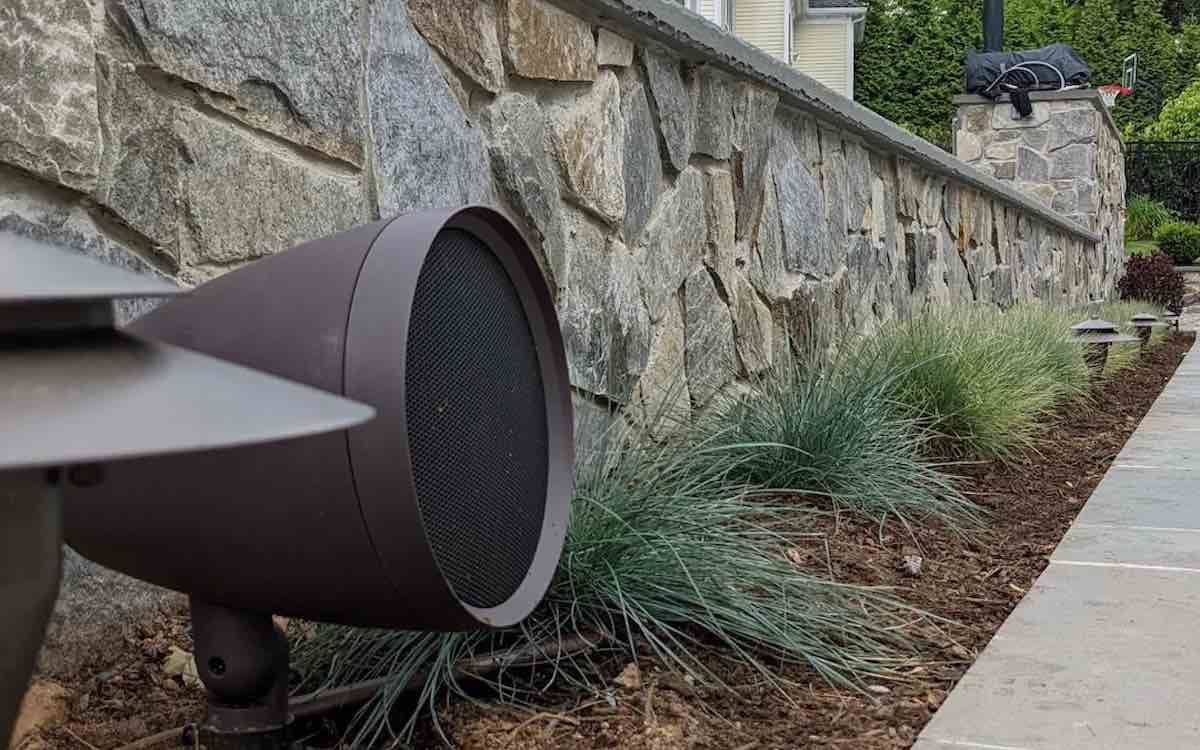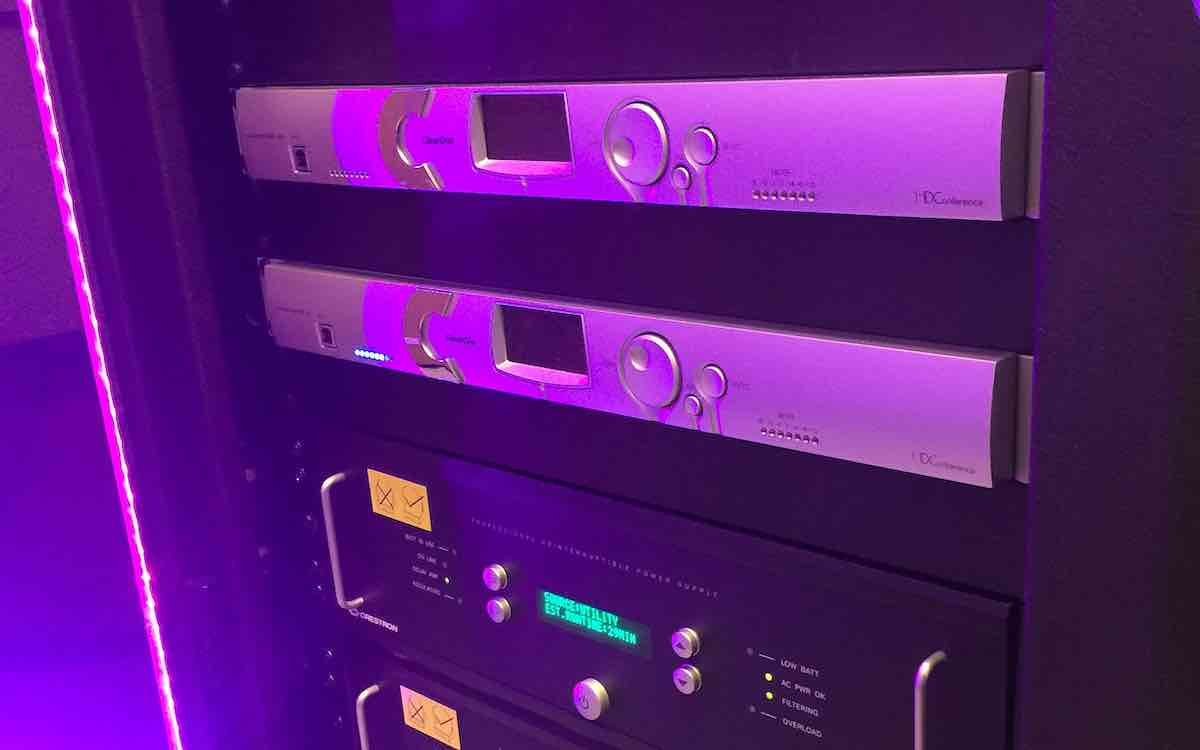Understanding Wireless Networks for Effective Control
There’s no denying that we live in a wireless world. It seems that everywhere you turn there is a new device that is equipped with wifi designed to connect with other devices to make your life easy in some new way. With many different wireless devices bouncing around a home or office, it becomes increasingly more and more difficult to ensure a powerful and reliable wireless signal when it matters most. While on a smaller job, this may not be a problem, once you get into larger jobs wireless networks become an undertaking that can constantly fail, no matter how great your hardware is. This is GMI and the #DoneRightNotEasy crew take the extra steps in understanding and designing our Crestron control systems to work effectively with reliable Wi-Fi signals throughout the space.
The most important thing to understand about the ubiquity of wifi equipped devices and how they work together with your Crestron automation system, is that not all Wi-Fi is created equal. Wi-Fi routers and devices operate on one of two frequencies, 2.4 GHz and 5 GHz. The primary difference between the 2.4 GHz and 5GHz wireless frequencies is range as the 2.4GHz frequency is able to reach farther than the 5GHz frequency. This is a result of the basic characteristic that waves attenuate much faster at higher frequencies. While 2.4 GHz frequency may travel farther, 5 GHz is a wider band that is more stable, carrying more data from more devices with less interference. Unfortunately though, there are many devices and situations that require the use of a 2.4 GHz frequency, making it unavoidable.
This is where having the appropriate training and experience with Wi-Fi and connected devices allows the #DoneRightNotEasy crew to effectively design a system for a large home or estate. While many of the primary devices in the Crestron control system will be hard wired, that doesn’t eliminate the end user’s need to have functioning and fast Wi-Fi on their handheld remotes, smart phones, tablets, and laptops when moving throughout the home. To ensure this, we take care to design our system properly to make sure that all wireless components can communicate properly with one another, and play nicely together. This means understanding the concept of co-channel interference.
Co-channel interference is where devices take turns talking, so the more devices on one channel, the longer it takes for a device to talk since it has to wait for its turn. This interference isn’t a major problem until there are too many WiFi devices on the same channel. Luckily, these interferences can be reduced or eliminated by selecting the proper WiFi channel. Each channel on the 2.4 GHz spectrum is 20 MHz wide. The channel centers are separated by 5 MHz, and the entire spectrum is only 100 MHz wide total. This means that the 11 available channels have to squeeze into the 100 MHz available, and in the end, overlap. However, there are three channels that don’t overlap: 1, 6 and 11. Understanding how the network at large as well as individual components are operating on the network, and which specific channels they are on, allow us to ensure the reliability of an end user’s wireless signal.
Issues can arise however long after we’ve left a job site, thanks to the ubiquity of wireless devices on the market. Accessing the network from the back end and using a spectrum analyzer, we can identify what frequency and what channel a particular device is operating on, and how it may be affecting the system at large. We can then reorganize the network devices onto the appropriate channels, restoring the system to it’s proper level of functionality.
Readers of this blog know how complicated a Crestron automation can be on their own .Adding the additional complication of reliable and stable Wi-Fi throughout a large job can create pitfalls that will trip up a less experienced integrator. GMI and the #DoneRightNotEasy crew have the knowledge, tools, and experience necessary to simplify your life through reliable and intuitive control, every single time you reach for a device.








